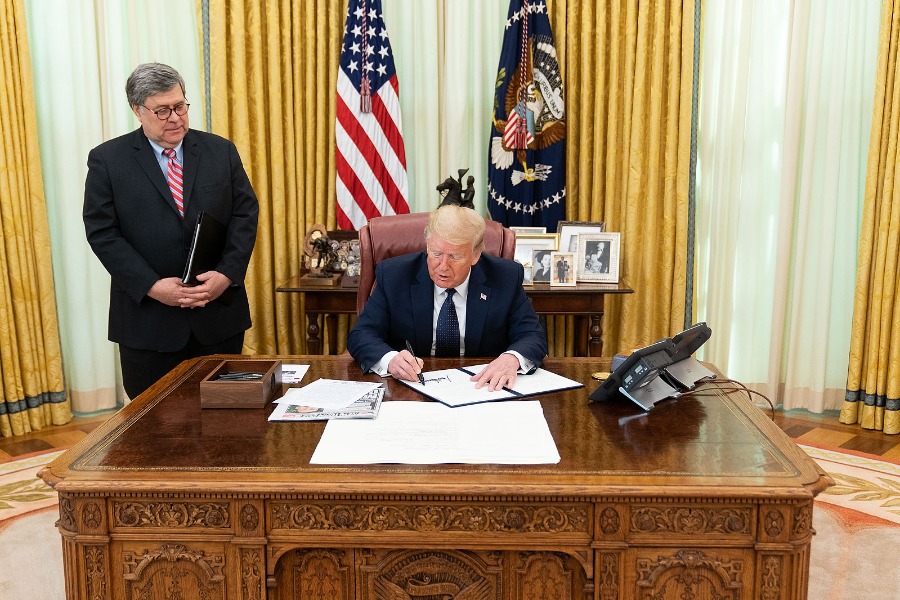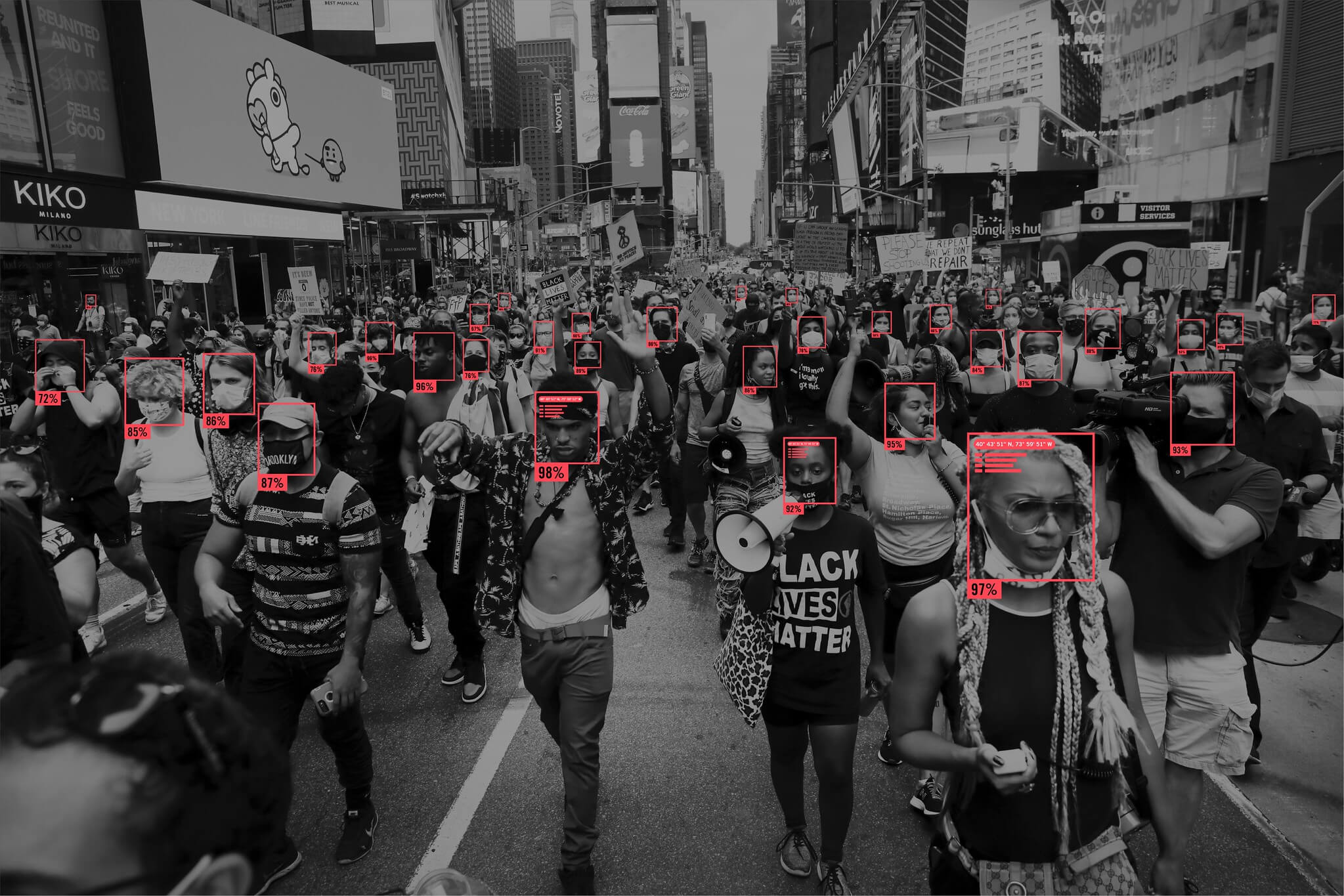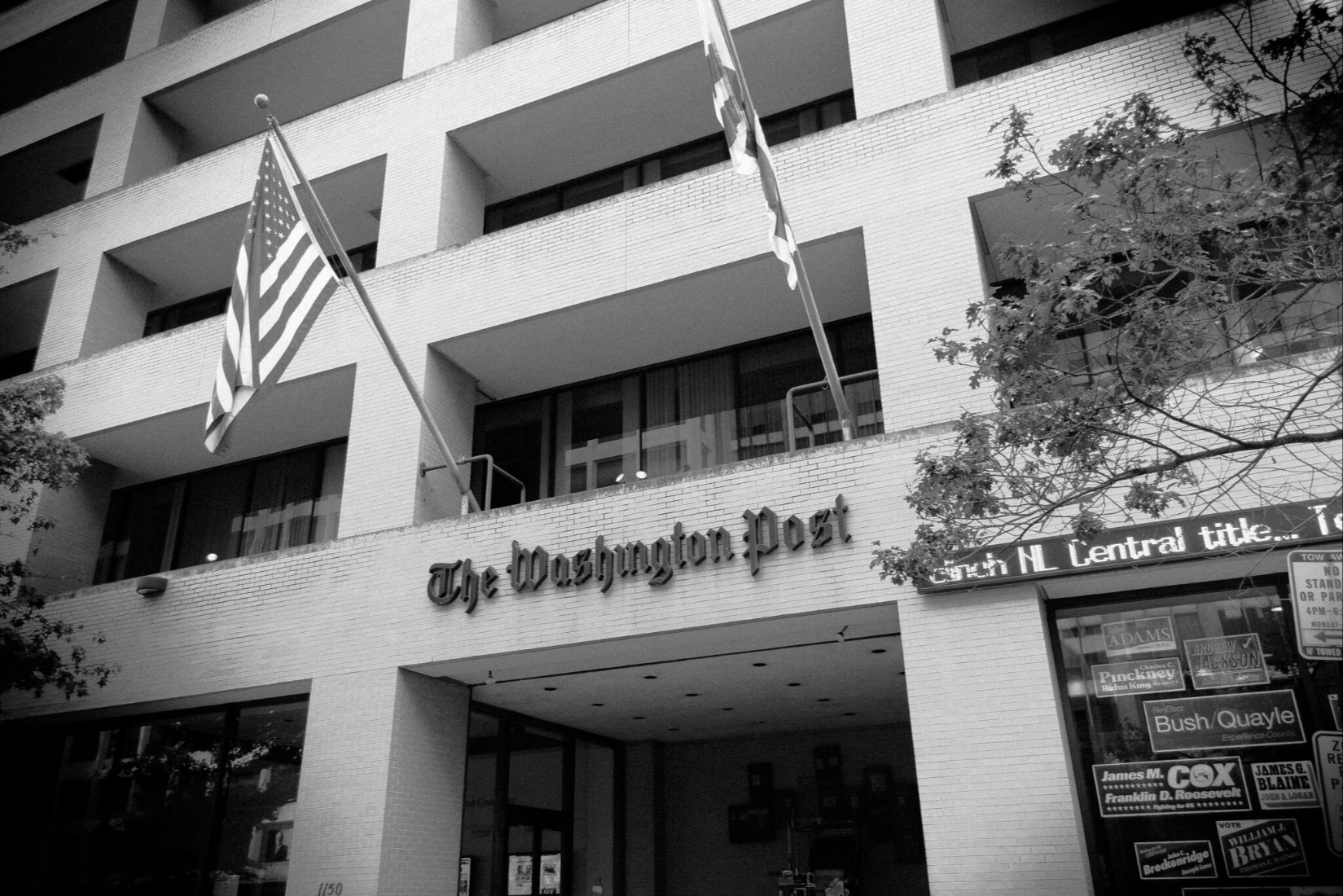What Do Trump’s Weaponization and Censorship Executive Orders Actually Do?
It’s not clear. But that’s not exactly reassuring.

Published by The Lawfare Institute
in Cooperation With

Donald Trump’s time as president has long been defined by his desire to seek vengeance against those he perceives to have wronged him. During Trump’s first term, he demanded retribution against FBI leadership under Director James Comey for initiating the investigation into Russian election interference—demands that ultimately resulted in a separate investigation by a second special counsel, John Durham. In 2023, with Trump out of power, Rep. Jim Jordan (R-Ohio) took up the project with his Subcommittee on the Weaponization of the Federal Government, while Rep. Barry Loudermilk (R-Ga.) launched a probe of the House Jan. 6 committee.
Trump launched his most recent effort to investigate the investigators only hours into his second term as president. Among the flurry of executive orders signed that first day is an order on “Ending the Weaponization of the Federal Government,” along with another titled “Restoring Freedom of speech and Ending Federal Censorship.” In classic Trump fashion, he is now doing to his enemies what he claims they have done to him—that is, turning the power of the government against them in an effort at retribution. While the orders are ominous, however, they are also vague. They could conceivably generate either a campaign of retaliation, or nothing at all.
The weaponization order begins with a rant against a supposed “unprecedented, third-world weaponization of prosecutorial power to upend the democratic process” under the Biden administration. From the text of the order, it seems that Trump has in mind incidents of “weaponization” like the prosecution of Jan. 6 insurrectionists. He directs both the attorney general and the director of national intelligence (DNI) to “take appropriate action to review the activities” of “all departments and agencies exercising civil or criminal enforcement authority” (in the case of the attorney general) and the intelligence community (in the case of the DNI). After conducting this review, the officials are to provide the president with a report “with recommendations for appropriate remedial actions to be taken.” The order also specifies that agencies are to retain relevant documents.
This leaves open a great number of questions. How long will the review last? What constitutes “appropriate action” when conducting this review? What form might “appropriate remedial action” take? (Policy changes? Prosecutions?) How broadly are the attorney general and director of national intelligence meant to understand the scope of government activities under review? In addition to the Jan. 6 prosecutions, the order also points to a range of other actions taken by the Biden administration, including what appears to be a reference to the prosecution of a pro-Trump Twitter troll for spreading lies about how to vote in the 2016 election. It includes other references that are less clear, like a complaint about unspecified “politically motivated funding revocations.”
Practically speaking, this means that the attorney general and DNI will have an enormous amount of discretion in shaping these “reviews”—and so a great deal will depend on how these officials decide they want to prioritize resources and whether they are true believers in Trump’s retributive project. This ambiguity also means that Trump himself will have plenty of room to distance himself from the process or cozy right up to it, depending on his mood.
The same dynamic characterizes the censorship order. As Kate Starbird of the University of Washington has observed, following Jan. 6, many Republican politicians who had previously aligned themselves with the Big Lie of 2020 election fraud refocused their outrage onto complaints “censorship” on social media—referring to platforms’ decision to moderate posts spreading falsehoods about election outcomes or COVID-19—as a way of continuing the same argument under a different banner.
The censorship order similarly requires the attorney general to “investigate the activities of the Federal Government over the last 4 years that are inconsistent with the purposes and policies of this order,” and provide a report to the president “with recommendations for appropriate remedial actions to be taken.” (It takes the additional—and redundant—step of forbidding the federal government from unconstitutionally limiting citizens’ speech.) Here, too, it’s not clear how long the review will take, what the investigation might look like, and what kind of “remedial actions” might be “appropriate.” Given that the activities in question involved supposed censorship of material on social media platforms, and the fact that Jordan’s past investigations of the issue expended significant effort on harassing independent researchers, will the attorney general be extending this probe into the private sector as well? It’s noteworthy, too, that the order specifies that only conduct in the last four years is to be reviewed, as many of the incidents of “censorship” that have drawn attention on the right actually took place under the first Trump administration.
So, in sum, the two orders establish that there will be investigations but leave open the questions of what kind of investigations, what will be investigated, how long this will take, and what the consequences might be. It is difficult to draw firm conclusions as to what to expect. Whether this ambiguity is intentional or the result of sloppiness or disagreement within Trump’s team, it has at least one immediate advantage as far as the president is concerned: generating fear among the broad universe of potential subjects of those investigations.




.jpeg?sfvrsn=773924a2_5)
